Multicolored tourmaline, the “gemstone of the rainbow,” is prized for its unique color combinations and useful pyroelectric or piezoelectric properties.
Tourmaline is a gemstone of many colors, with varieties in every color in the spectrum, including colorless (achroite) and black (schorl). Tourmaline is one of the most abundant semi-precious gems, found around the world, and makes a beautiful adornment in rings, earrings, bracelets, and necklaces. It also has electrical conductivity properties that make it valuable in science, engineering, and healing work.
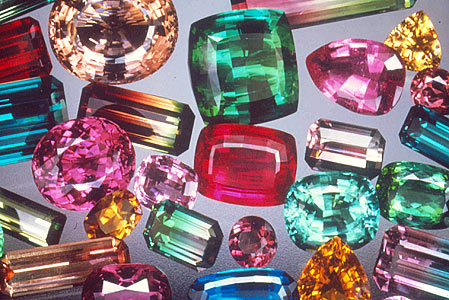
Tourmaline is composed of boron silicate with aluminum, chromium, vanadium, manganese, iron, and other elements giving the crystal its wide range of hues. Tourmaline is sometimes considered a group of gemstones rather than a single gemstone, with names for each color of tourmaline, including:
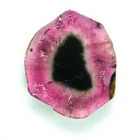 rubellite (red or pink)
rubellite (red or pink)- indicolite (blue)
- dravite (brown)
- schorl (black)
- verdelite (emerald green)
- chrome tourmaline (green)
- achroite (colorless)
- watermelon tourmaline (pink and green)
- canary tourmaline (yellow) from Malawi, and
- paraiba tourmaline (blue-green) from Paraiba, Brazil
Tourmalines with more than one color in the same stone as known as bicolored, while those with more than two colors are called multicolored tourmaline.
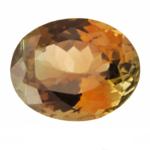 Tourmaline has 7 to 7.5 hardness on the Mohs scale and is fairly transparent. A unique feature of tourmaline is that it can show different intensities of color depending on the angle or axis at which the stone is viewed.
Tourmaline has 7 to 7.5 hardness on the Mohs scale and is fairly transparent. A unique feature of tourmaline is that it can show different intensities of color depending on the angle or axis at which the stone is viewed.
Tourmalines in Myth, History, and Science
Egyptian legend has it that the many colors of tourmaline are due to the gemstone rising from the center of the Earth and passing through a rainbow, assuming all its colors.
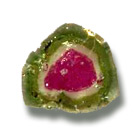 Tourmaline was prized in the Middle Ages as a protection against disease and death.
Tourmaline was prized in the Middle Ages as a protection against disease and death.
Originally known by the name schorl (which is now applied only to the black variant), many colors of tourmaline were imported to Europe from Sri Lanka in the early 1700s by the Dutch East India Company.
Tourmalines have some interesting scientific properties, including a charge at either end and the ability to carry electricity – called pyro-electricity or piezoelectricity. The charge can change under pressure or high temperatures, at which times the crystal can begin to vibrate. They are often used in machinery that measures pressure, as well as for their unusual optic properties, to polarize light.
Magical Significance and Healing Powers of the Tourmaline
Like most gemstones, tourmalines have been attributed with a long list of healing and magical powers. Tourmaline is said to:
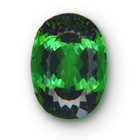 be invigorating and strengthening
be invigorating and strengthening- calm the nerves
- balance hormones
- dispel fear and grief
- protect against danger (schorl, black tourmaline)
- provide peaceful sleep
- help with painful arthritis
- increase creativity and fertility (rubellite, red tourmaline)
Tourmaline has electrical conductivity and carries its own electrical charge. This and its abundance has made the stone a perfect target to be marketed as a new age healing tool. Tourmaline is said to produce healing far-infrared radiation and negative ions. It is used to energize and filter water.
Tourmaline Gemstones in Jewelry
With its many colors, tourmaline jewelry matches anything. It is often worn in earrings, pendants, rings, and other jewelry, particularly birthstone jewelry – it is a birthstone for the month of October, along with opal. Tourmaline is also considered the gemstone for the 8th wedding anniversary.
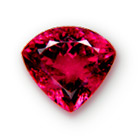 Tourmalines are found in Brazil, Madagascar, Afghanistan, Nigeria, Mexico, Myanmar, Namibia, Mozambique, Tanzania, Sri Lanka, and throughout the USA.
Tourmalines are found in Brazil, Madagascar, Afghanistan, Nigeria, Mexico, Myanmar, Namibia, Mozambique, Tanzania, Sri Lanka, and throughout the USA.
Reference
- International Colored Gemstone Association, “Tourmaline,” Gemstone.org, 2009.
- Encyclopedia of Gems, “Gemstones: Tourmaline,” All-That-Gifts.com, 2005.
- Gem Gallery, “Tourmaline,” TheImage.com, 2009.
- IonLife Inc., “Tourmaline: Nature’s source of Far Infrared (FIR) and Negative Ions,” Ionizers.org, 2005.
